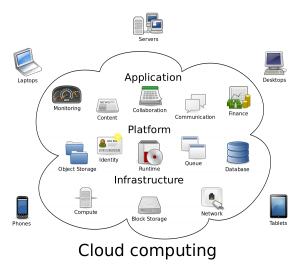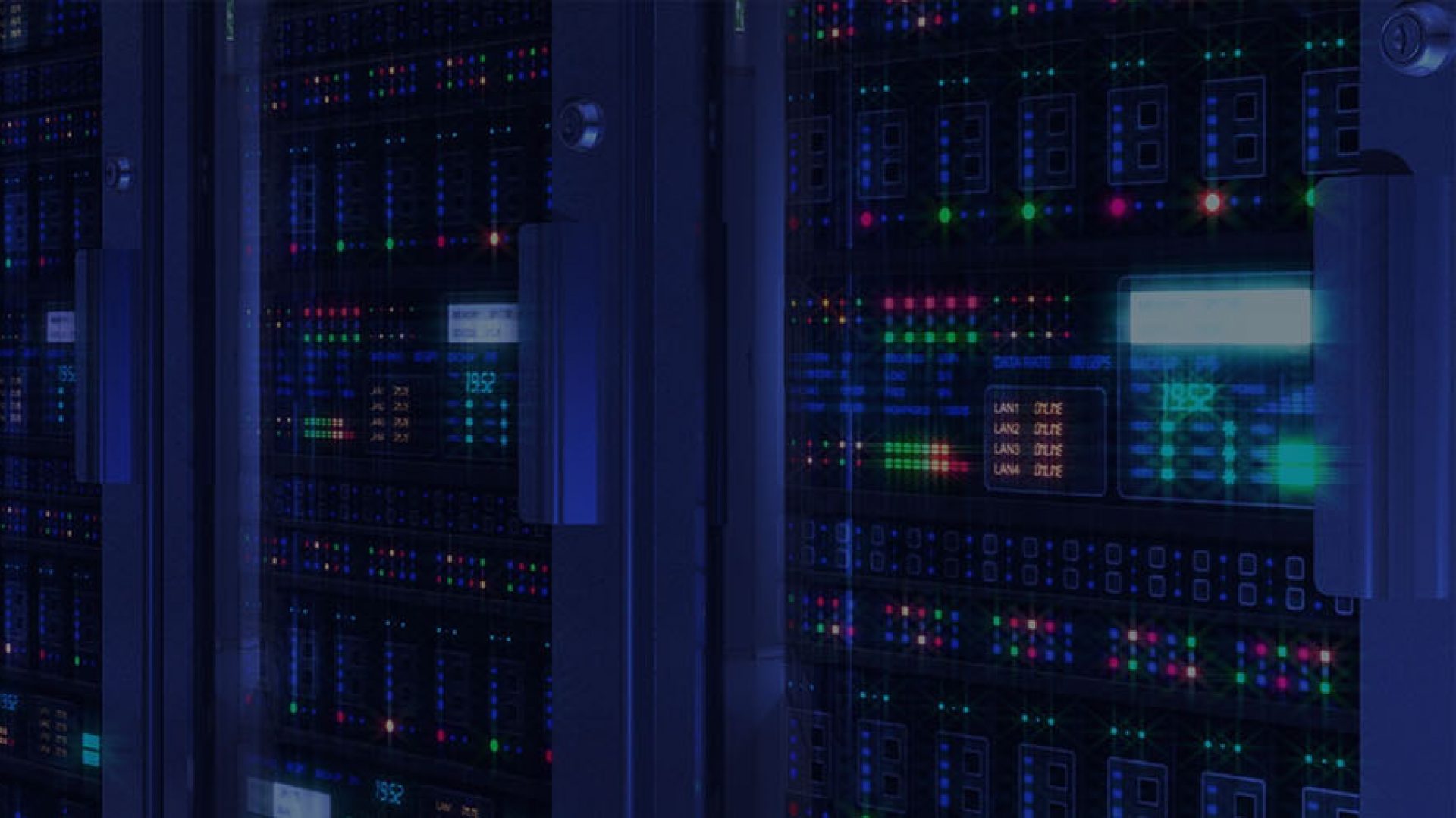 Cloud computing, often referred to as simply “the cloud,” is the delivery of on-demand computing resources—everything from applications to data centers—over the internet on a pay-for-use basis.
Cloud computing, often referred to as simply “the cloud,” is the delivery of on-demand computing resources—everything from applications to data centers—over the internet on a pay-for-use basis.
- Elastic resources—Scale up or down quickly and easily to meet demand
- Metered service so you only pay for what you use
- Self service—All the IT resources you need with self-service access
Software as a service (SaaS)
Cloud-based applications—or software as a service—run on distant computers “in the cloud” that are owned and operated by others and that connect to users’ computers via the internet and, usually, a web browser.
The benefits of SaaS;
- You can sign up and rapidly start using innovative business apps
- Apps and data are accessible from any connected computer
- No data is lost if your computer breaks, as data is in the cloud
- The service is able to dynamically scale to usage needs
Platform as a service (PaaS)
Platform as a service provides a cloud-based environment with everything required to support the complete lifecycle of building and delivering web-based (cloud) applications—without the cost and complexity of buying and managing the underlying hardware, software, provisioning, and hosting.
The benefits of PaaS;
- Develop applications and get to market faster
- Deploy new web applications to the cloud in minutes
- Reduce complexity with middleware as a service.
Infrastructure as a service (IaaS)
Infrastructure as a service provides companies with computing resources including servers, networking, storage, and data center space on a pay-per-use basis.
The benefits of IaaS;
- No need to invest in your own hardware
- Infrastructure scales on demand to support dynamic workloads
- Flexible, innovative services available on demand.
Public cloud
Public clouds are owned and operated by companies that offer rapid access over a public network to affordable computing resources. With public cloud services, users don’t need to purchase hardware, software, or supporting infrastructure, which is owned and managed by providers.
Key aspects of public cloud;
- Innovative SaaS business apps for applications ranging from customer resource management (CRM) to transaction management and data analytics
- Flexible, scalable IaaS for storage and compute services on a moment’s notice
- Powerful PaaS for cloud-based application development and deployment environments.
Private cloud
A private cloud is infrastructure operated solely for a single organization, whether managed internally or by a third party, and hosted either internally or externally. Private clouds can take advantage of cloud’s efficiencies, while providing more control of resources and steering clear of multi-tenancy.
Key aspects of private cloud;
- A self-service interface controls services, allowing IT staff to quickly provision, allocate, and deliver on-demand IT resources
- Highly automated management of resource pools for everything from compute capability to storage, analytics, and middleware
- Sophisticated security and governance designed for a company’s specific requirements.
Hybrid cloud
A hybrid cloud uses a private cloud foundation combined with the strategic integration and use of public cloud services. The reality is a private cloud can’t exist in isolation from the rest of a company’s IT resources and the public cloud. Most companies with private clouds will evolve to manage workloads across data centers, private clouds, and public clouds—thereby creating hybrid clouds.
Key aspects of hybrid cloud;
- Allows companies to keep the critical applications and sensitive data in a traditional data center environment or private cloud
- Enables taking advantage of public cloud resources like SaaS, for the latest applications, and IaaS, for elastic virtual resources
- Facilitates portability of data, apps and services and more choices for deployment models.

